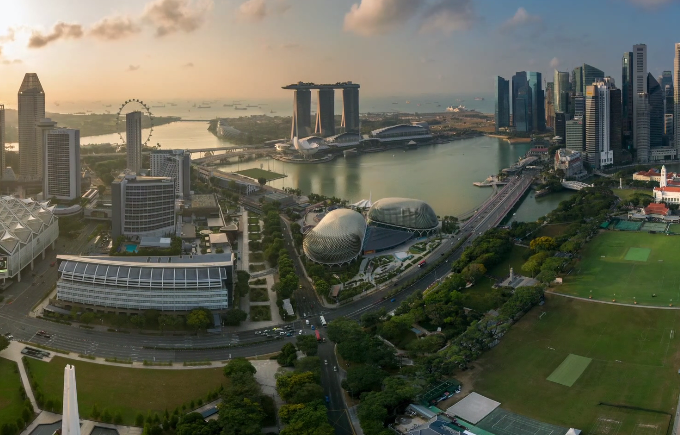(单词翻译:单击)
听力文本
And every 10 years, an area the size of Britain disappears under a jungle of concrete.
每隔十年,就有英国面积大小的区域被水泥森林吞噬。
But it doesn't have to be like this.
但一切并非只能如此。
Could it not be possible to build cities more in harmony with nature?
难道我们不能建造更加融合自然的城市吗?
How, and whether we decide to invite the wildlife back, is up to us.
是否邀请野生动物回归城市,方式如何,都取决于我们。
This tree is rising nearly 30 storeys.
这棵树被吊到约三十层楼高。

It's one of almost 800 being planted to create a vertical forest in Milan.
它和其他近八百棵树一起被种下,旨在打造一座米兰的垂直森林。
This number of living trees would normally fill two hectares of woodland,
这个数量的树木相当于两公顷的森林,
but here, they occupy one-tenth of that area.
可在这里,它们只占据了十分之一的面积。
Greening the walls and roofs of our buildings could create a rich and extensive habitat,
绿化建筑的外墙和屋顶就能打造一座茂盛而广阔的栖息地,
if we wanted it to do so.
只要我们有心去做。
视频及简介
城市的生长速度比地球上任何其他栖息地都要快。它们似乎不太可能成为动物茁壮成长的地方,但它们可能是一个充满意外机遇的世界。豹子在孟买的街道上徘徊,在纽约的摩天大楼里猎捕猎鹰,一百万椋鸟在罗马上空表演壮观的空中舞蹈。在焦特布尔,叶猴被尊为宗教神灵,在哈拉尔,当地人与野生鬣狗和睦相处。然而,许多动物在城市丛林中挣扎着应付。作为这个环境的建筑师,人类是否可以选择建造既为他们又为野生动物的家园?


